
A meticulous Diablo replica 14 years in the making
As told by Ron Tinari
Photos by James Robinson
During my working career, I was an industrial machine designer and a technical illustrator, but I am now 73 years old and retired. Building a car from scratch was always a dream for me, so when I finally retired, I had to do it. Most of the work was done in my two-car garage.
I consider the Lamborghini Diablo the ultimate two-seater luxury sports car. I was determined that mine was going to be a real car, not something slapped together that would squeak and rattle and have wind and water leaks. It would be a car I would want to drive, as good as a real Lamborghini, but built by me. Something I could be proud to show. Today, some 14 years and four months later, I have my dream. I just finished the car and am now in the process of getting a VIN, tags, and inspection so I can drive it.
The body is an early D&R Diablo coupe. Darrell Kirban was the “D” in D&R, but he now specializes in custom boats and high-end cars. He also happens to be my cousin and convinced me a Diablo was the car to build.
A Fiero floorpan served as a base, but the rest of the chassis is a custom fabricated steel-tube frame that includes a full roll cage. The suspension is Corvette C5 narrowed 2 inches in front and 3 inches in the rear and converted to coilover shocks. For power steering, the chassis has a Camaro Super Sport quick-ratio rack. The finished car rolls on Michelin Pilot Sport tires (245/45ZR17 front, 335/35ZR17 rear) mounted on 17-inch HRE custom wheels made for this car’s diameter, width and offset.
Out back, I made a removable rear subframe for the engine, transaxle and suspension. While the engine looks like a Lamborghini V12, it’s actually a Chevy LT1 displacing 383 cubes. Upgrades include a Comp Cams bumpstick, hydraulic-roller lifters, a larger throttle body and injectors, and a FAST XFI engine management system. K&N air filters from a Dodge Viper draw air through scoops behind the side windows, with an additional air inlet scoop located inside the duct that supplies air to the radiators. Altogether, this engine setup is good for about 450 horses.
Exhaust is funneled through a pair of “shortie” headers into an X-pipe and through Borla mufflers enclosed by aluminum ducting over the transaxle. Two fans draw air from the rocker panel scoops and push 240 cfm each over the exhaust, exiting through the grille between the taillights.
Air circulation can be a problem for mid-engine cars, so two 6-inch fans were installed to blow air up and across the front of the engine and oil cooler. Engine coolant is cooled by two custom-built radiators at the rear and piped in with polished stainless steel tubes.
A Kennedy Engineered Products adapter mates the engine to a ZF-2 five-speed manual transaxle, actuated by a Centerforce clutch. The drivetrain also has a 4.22:1 limited-slip differential, and both fourth and fifth gears are overdrive ratios. The shift linkage is direct and mechanical — no cables are used.
As an extra precaution, I also have a vacuum pump to supplement the engine vacuum to make sure the power brakes function properly. Engines with performance cams can sometimes have issues with not drawing enough vacuum, so this is a worthwhile safeguard.
In the interior, I used a Corvette steering column with power adjustments and manual tilt and dressed it with a Momo wheel. No detail was left untouched, not even the glove boxes in the dash and at the rear of the console. The one in the dash has a motorized open and close function with automatic lighting. The console unit features the same lighting but with a spring open and close operation instead. The power seats move forward and back and have air inflating lumbar adjustment and Lamborghini bulls embroidered into the headrests. The headliner is covered in black suede and has dual Audi overhead grab handles. A custom-made, carbon fiber instrument panel with recessed VDO gauges was fabricated to match the look of a Lamborghini, which can be unplugged and removed as a unit for servicing.
An authentic Lamborghini windshield was fitted with twin-blade wipers and washers. Other cockpit additions include a Viper alarm system, Pioneer audio/video system with eight JL speakers, a multiview rear camera, and replica Lamborghini heater and air conditioning controls.
For even more creature comfort, the door handles and gas-cap release have switches to electrically unlock and unlatch the doors, but backup manual cables are also built in (just in case). They also have embedded LED lights for night illumination. The windows are power as well, of course.
A handful of other interior and exterior features are also actuated by electric motors. The front trunk lid, outside mirrors, glove box door, rear deck lid, rear wing flap, and V12 replica engine cover (raises to show real engine) are all powered. The engine cover is also interlocked with the engine deck lid to avoid any conflict between the two components. The cover won’t go up unless the deck lid is fully open, and the deck lid won’t go down unless the engine cover is fully down. All motorized features operate with switches or with a remote control.
In addition, there is a window under the rear deck lid with strobes and floodlights to create a dramatic effect. The strobes light up as the deck lid and engine cover raise and lower. When the deck lid and engine cover are fully open, the strobes turn off and the floodlights go on. There are also LEDs under the engine cover that light up when the cover is open.
Due to all the electrical accessories, I installed two batteries. One is used solely for the engine, and the other is for all the motorized features. They are located under the headlights and have swing down articulated mounts with gas struts to ease lifting. There is a panel under the front trunk carpet to access jumper cables to the batteries.
The front trunk is finished inside with a window, serving as a rear panel. The amps behind it are in a fresh-air circulating enclosure for heat management. There are LED lamps that light the amps when switched on. With all these extras, many ask if there’s any room for storage, and I say, “The front trunk is big enough to hold one set of golf clubs — but you have to bend them just right!”
For attracting even more attention (as if I don’t get enough already), I have LED lights in my rocker panel scoops that come on when you activate the alarm, unlock the doors, or open the doors, and they also come on as side-markers with the turn signals. The rocker panel sills also have illuminated windows on top with blue LEDs that come on when the door is open. My outside rearview mirrors have Lamborghini bulls etched in them and are illuminated with red LEDs as turn indicators and four-way indicators. And the taillights are also converted to LEDs.
How about ground clearance in such a low-slung chassis? Well, there are rollers under the front bumper to prevent scraping on driveways and bumps. For extra underbody protection, there is a full belly pan beneath the passenger area that’s painted with truck bedliner (which also coats the wheel wells). Dynamat is used here, as well as between the engine and passenger compartment, for sound deadening.
The finishing touch was a spectacular paint job in Aston Martin titanium by Darrell of Kirban Customs. All told, one big question remains: What motivated me to take on such an ambitious and lengthy project? I did all this stuff because I can’t help myself!

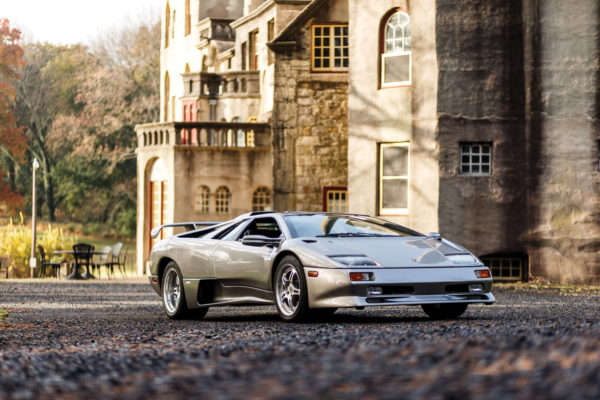
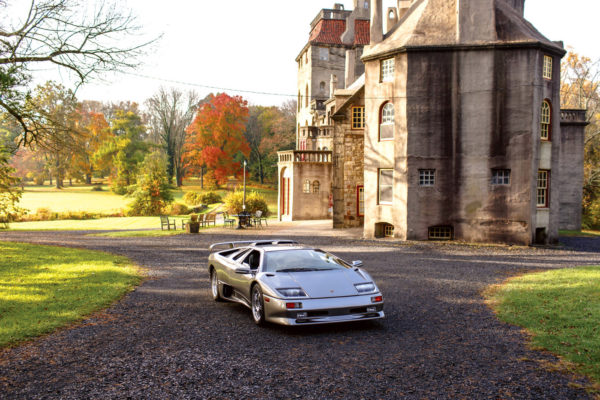
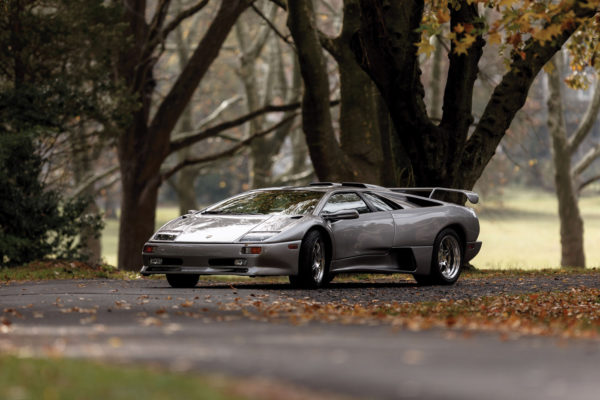
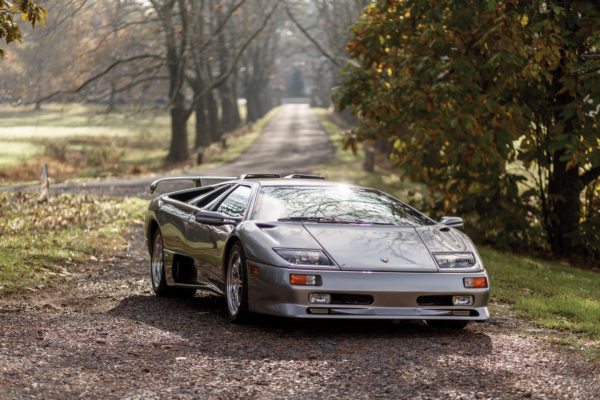
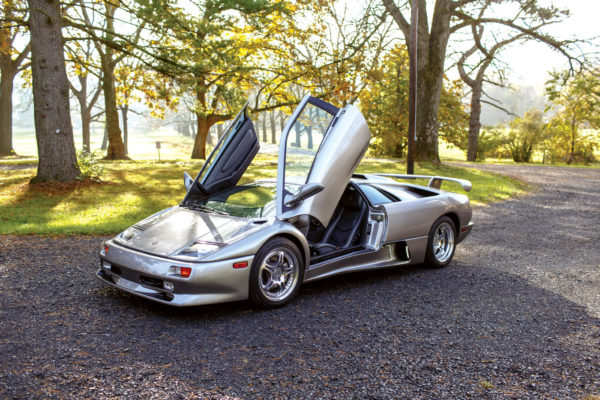
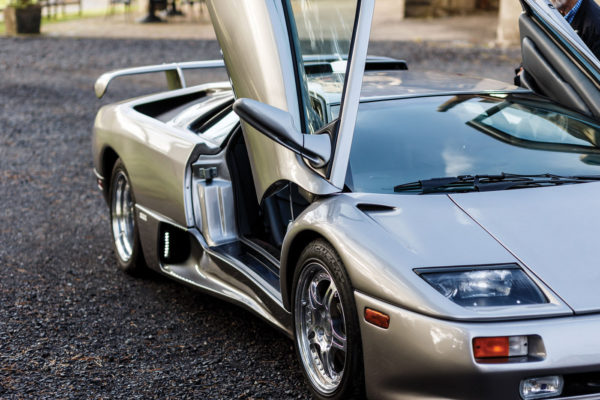
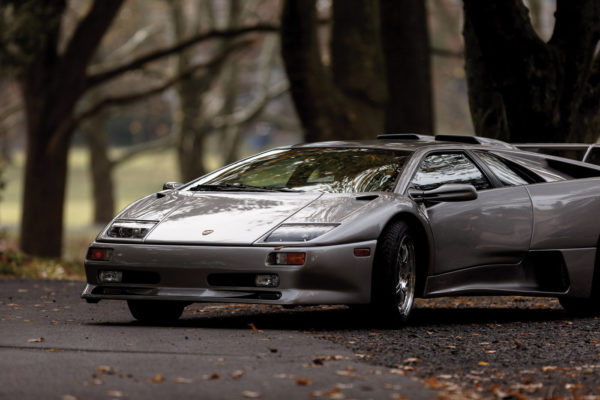
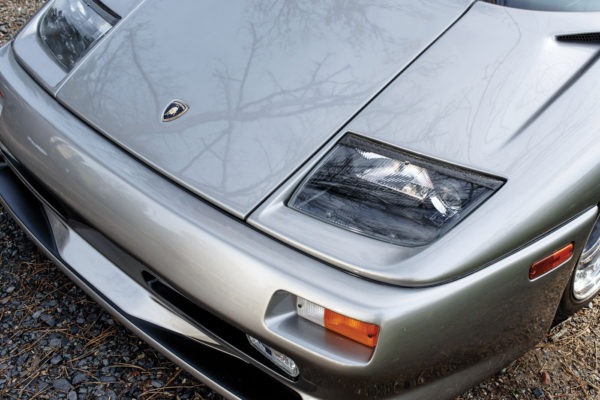
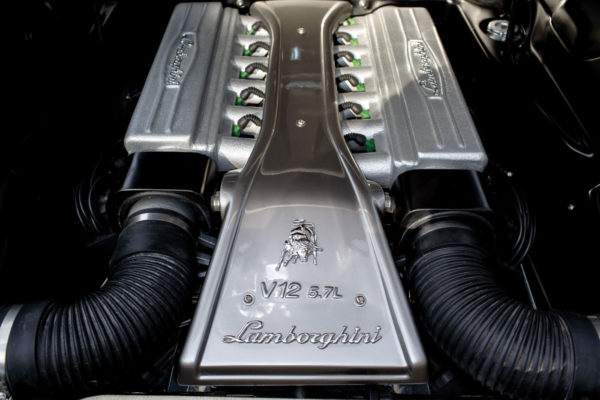
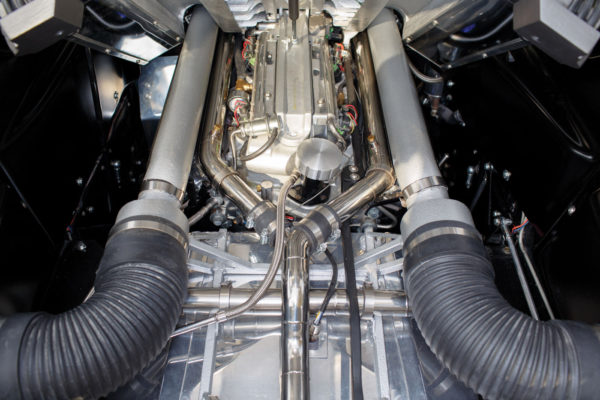
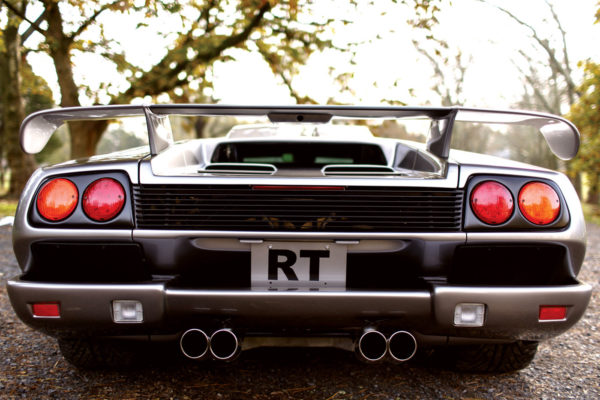
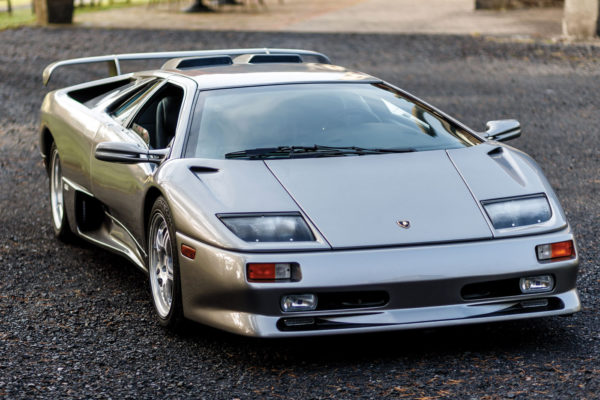
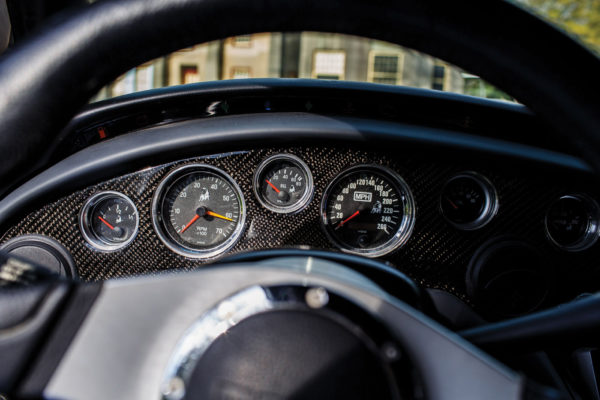
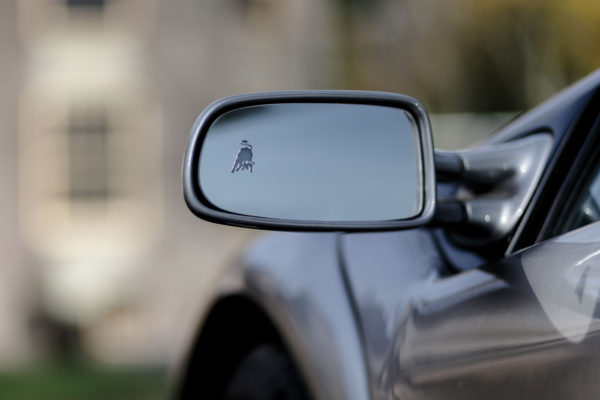
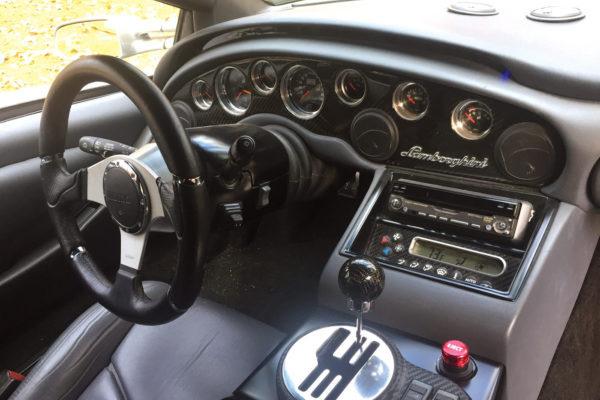
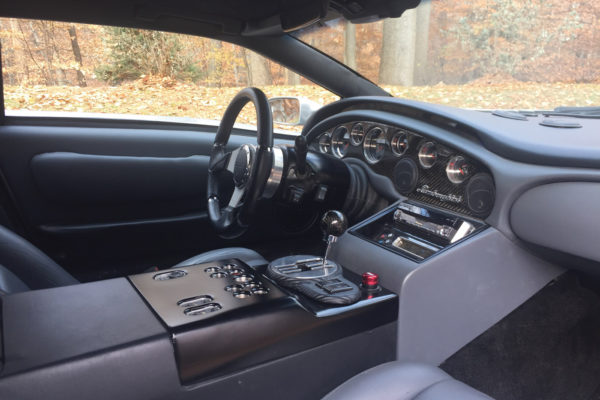
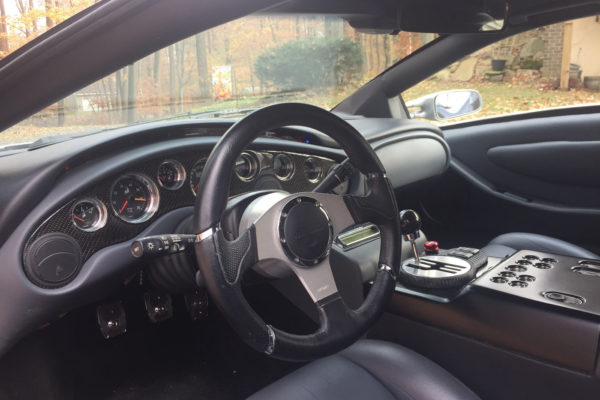
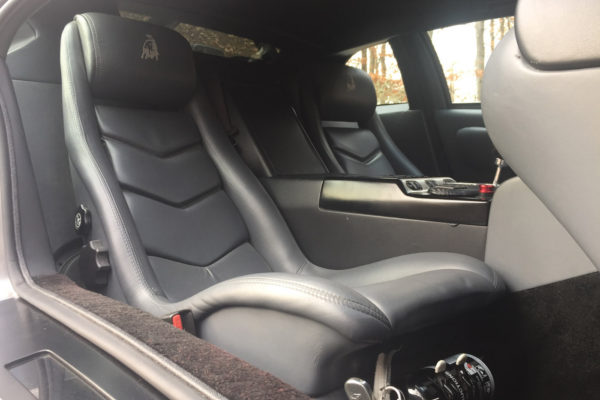
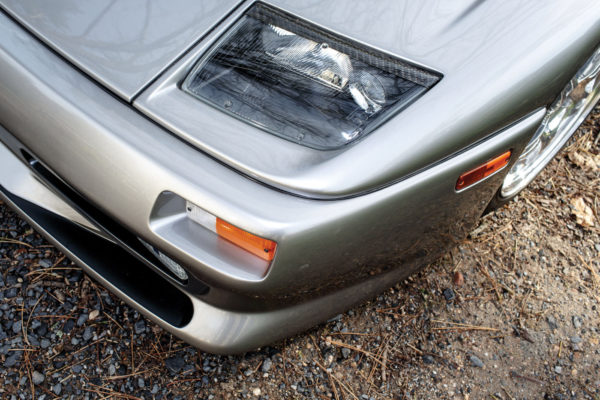
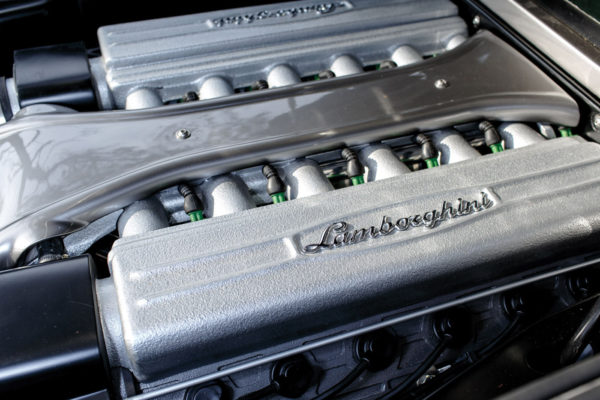
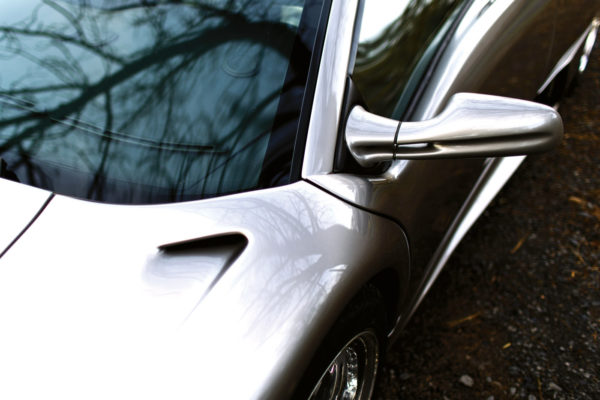
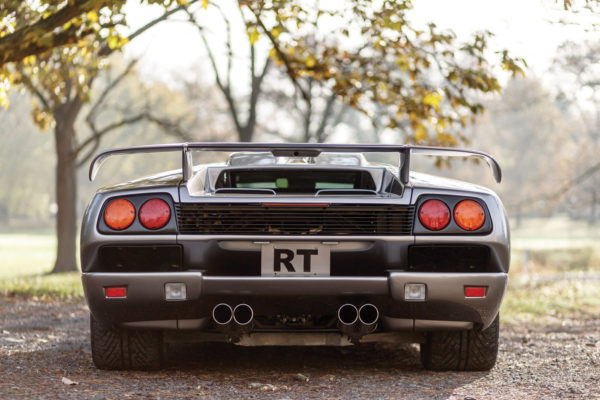
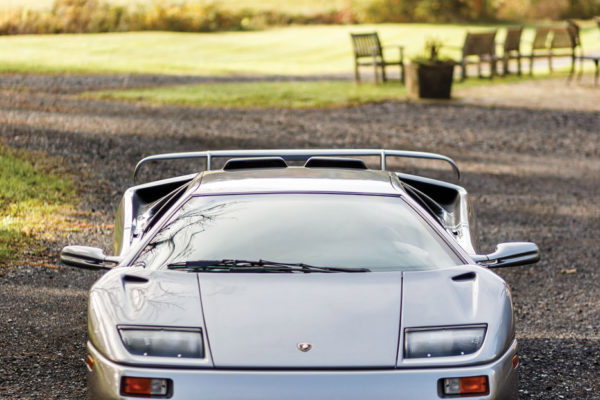
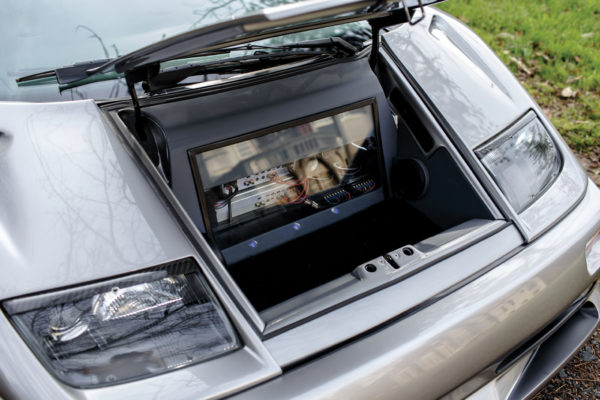
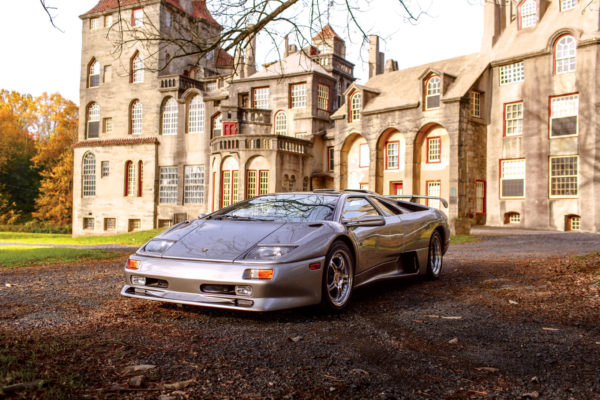
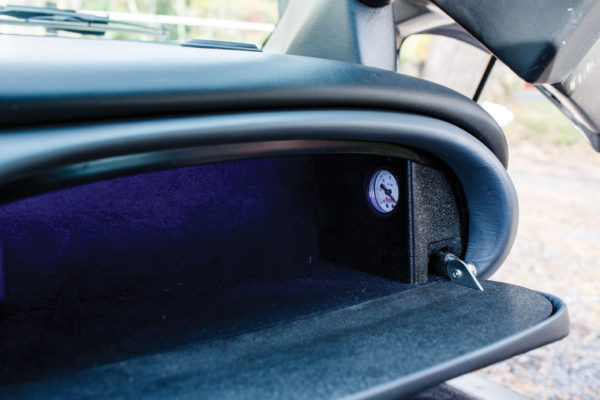
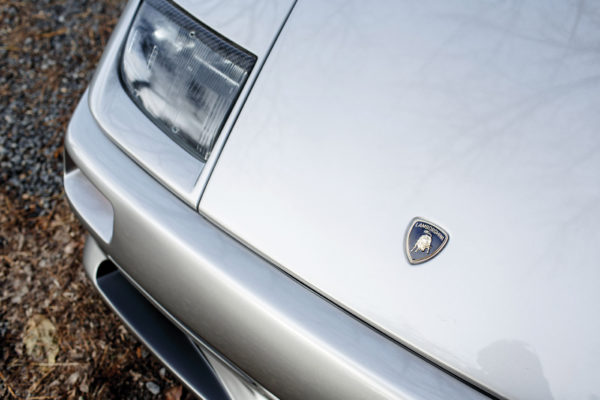
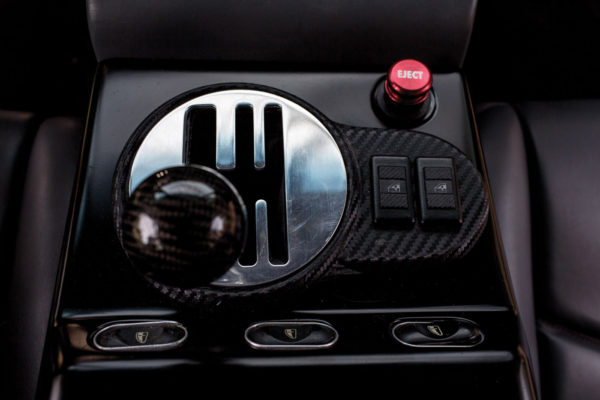
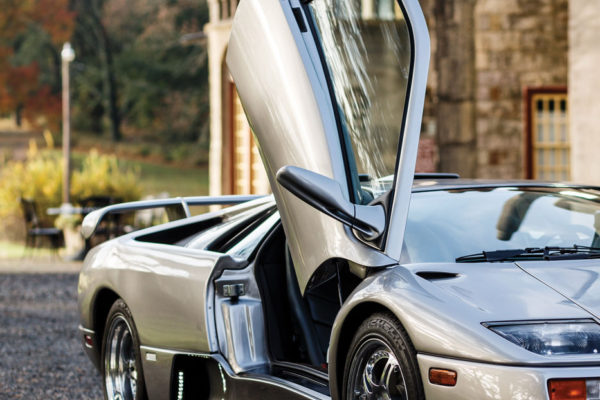
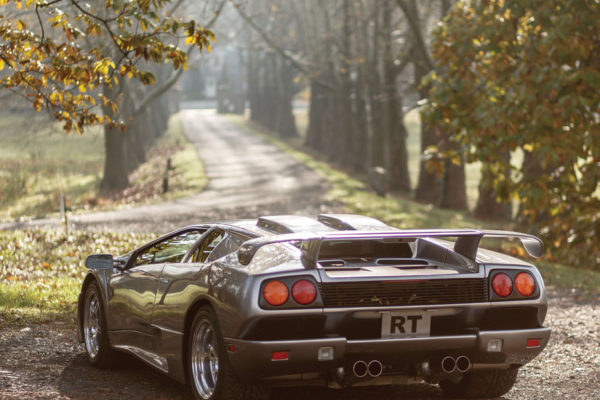
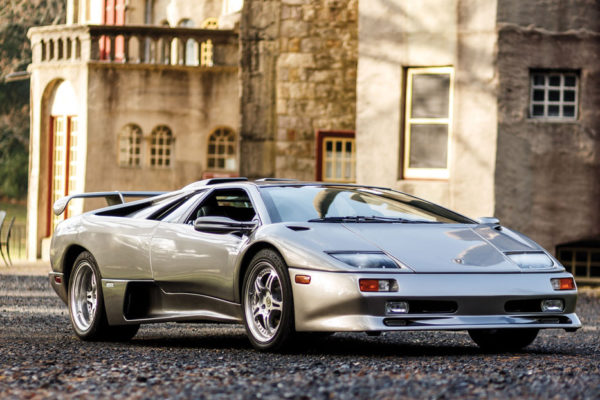
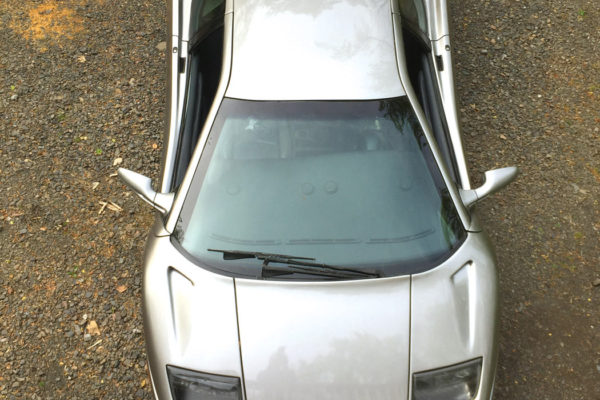
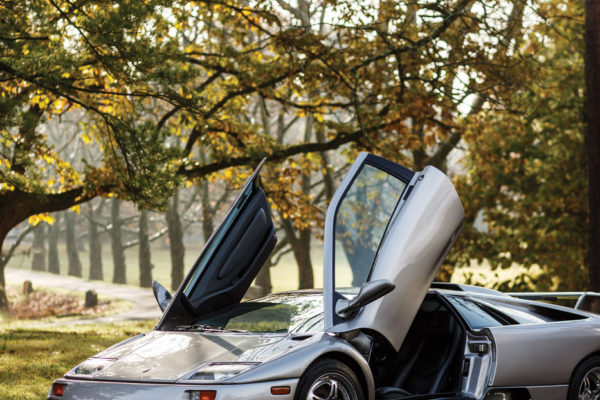
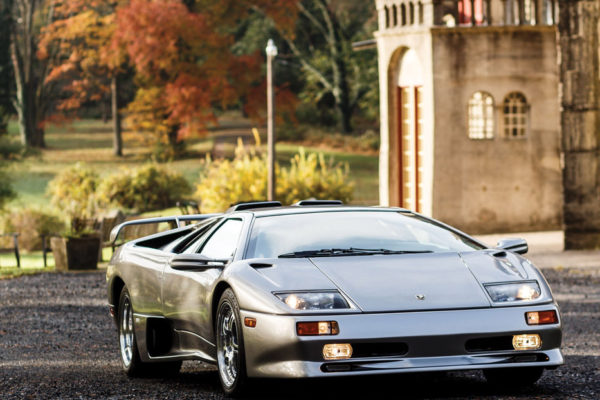
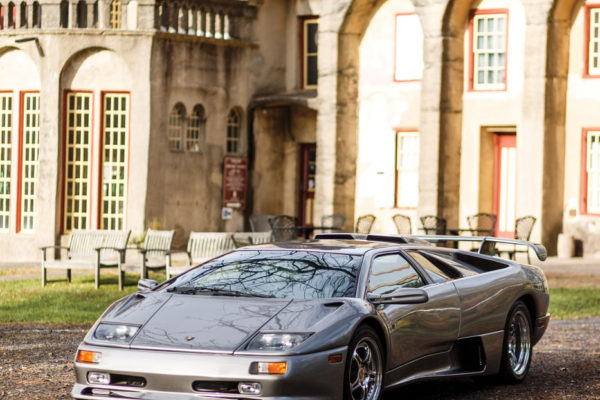
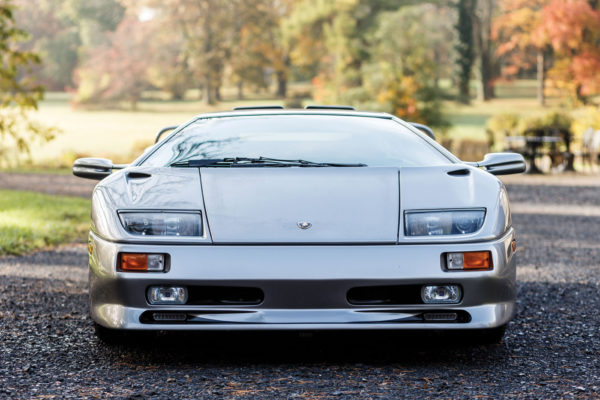
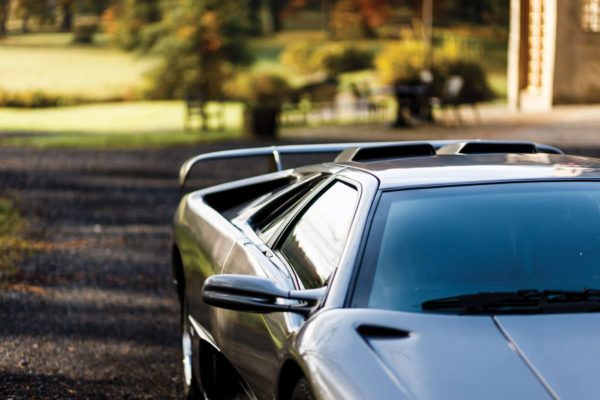
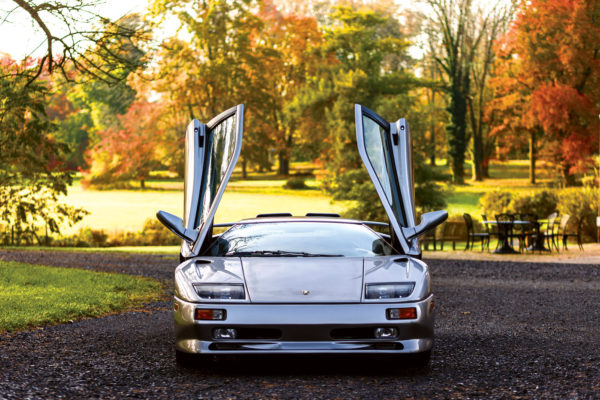
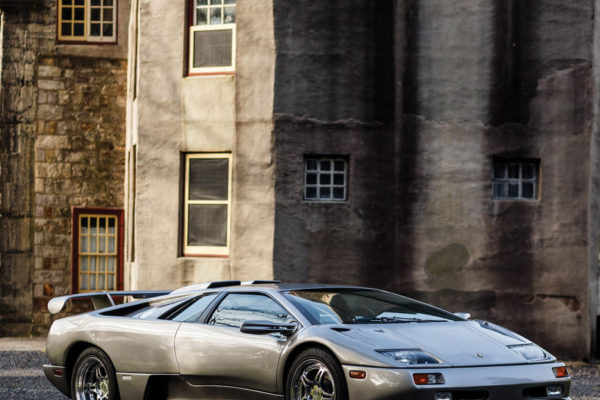
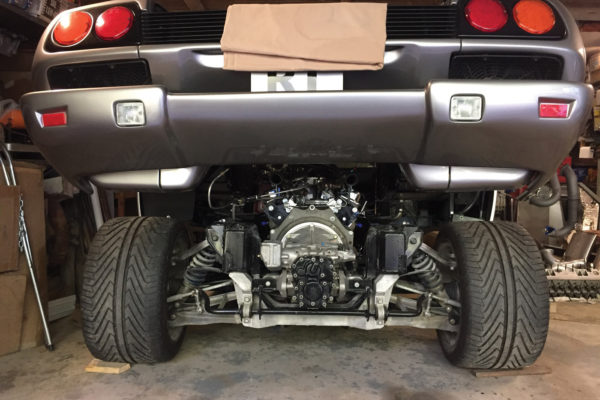
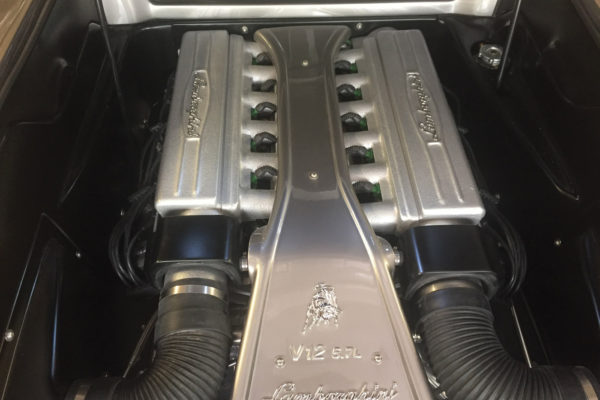
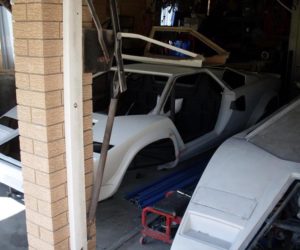
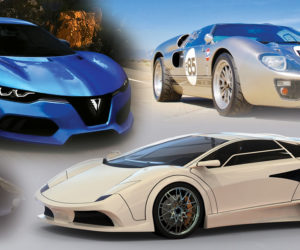
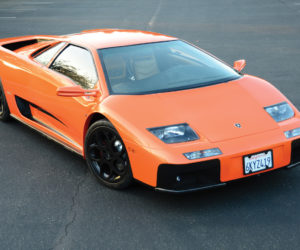
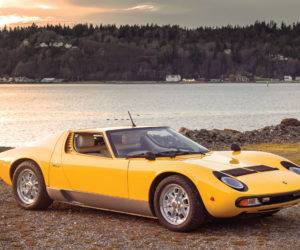
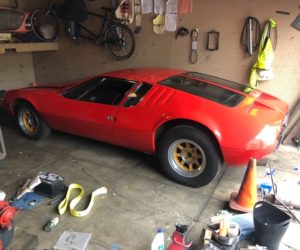
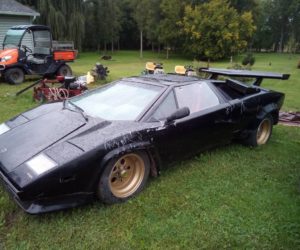




Comments for: Retirement Plan
comments powered by Disqus